
Author
UNFPA
Resources
Women’s Work and Economic Empowerment
News
Ending violence and discrimination against women: A call to action
25 November 2014

Publication date
2005
Author
UNFPA
Resources
Frequently asked questions about gender equality
News
Bringing men into the equation: Men work to end violence against women
10 November 2014
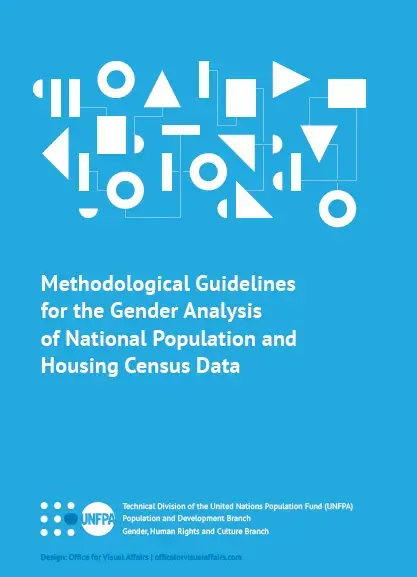
Publisher
UNFPA
Publication date
2014
Author
UNFPA
Number of pages
670
Publication
Methodological Guidelines for the Gender Analysis of National Population and Housing Census Data
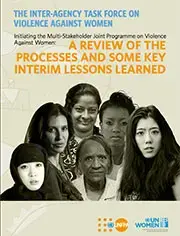
Publisher
UNFPA and UN Women
Publication date
2011
Number of pages
44
Publication
Initiating the Multi-Stakeholder Joint Programme on Violence Against Women
A Review of the Processes and Some Key Interim Lessons Learned
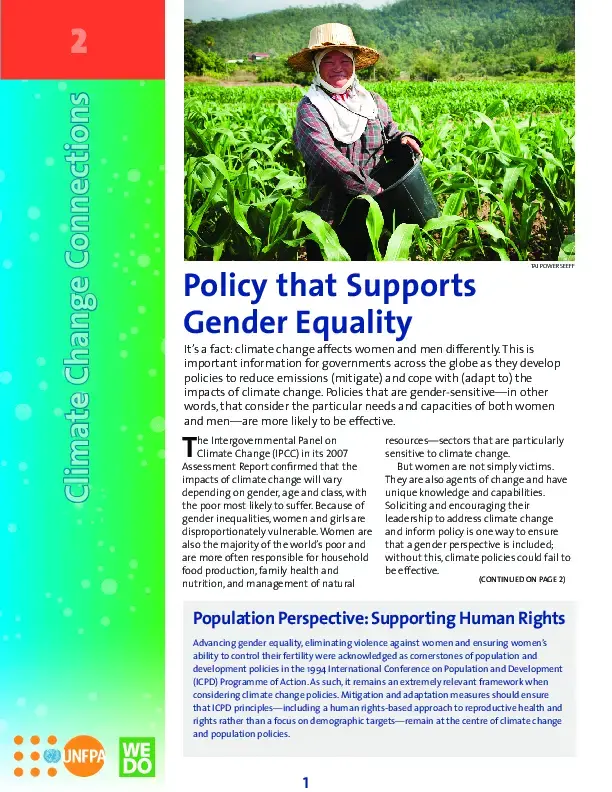
Publisher
UNFPA, WEDO
Publication date
2009
Author
UNFPA, WEDO
Number of pages
7
Publications
Policy that Supports Gender Equality
A Resource Kit on Climate, Population and Gender
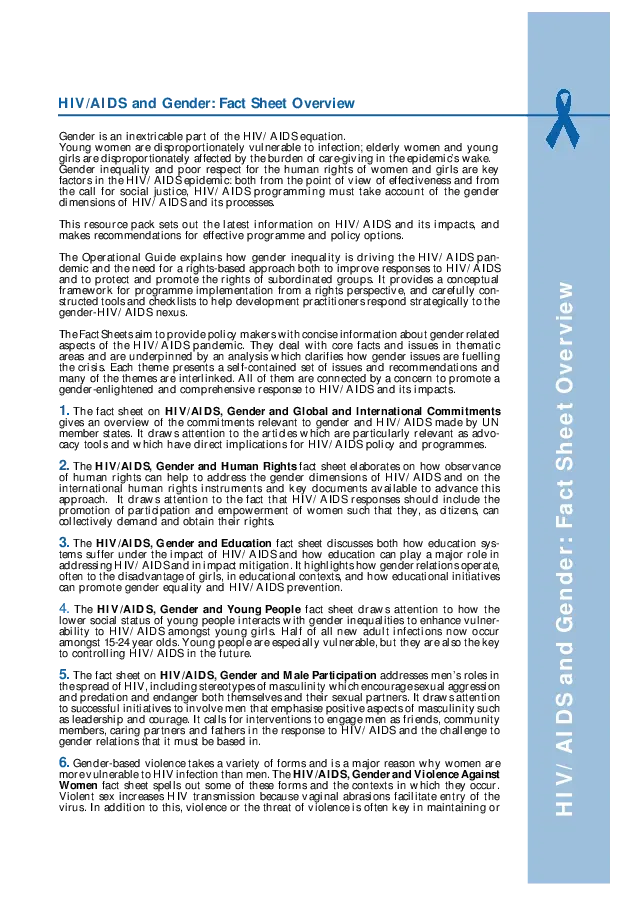
Publisher
UNAIDS
Publication date
2006
Author
UNFPA
Number of pages
68
Publication
17 Fact Sheets with concise information on gender-related aspects of HIV/AIDS
A Rights-Based Approach
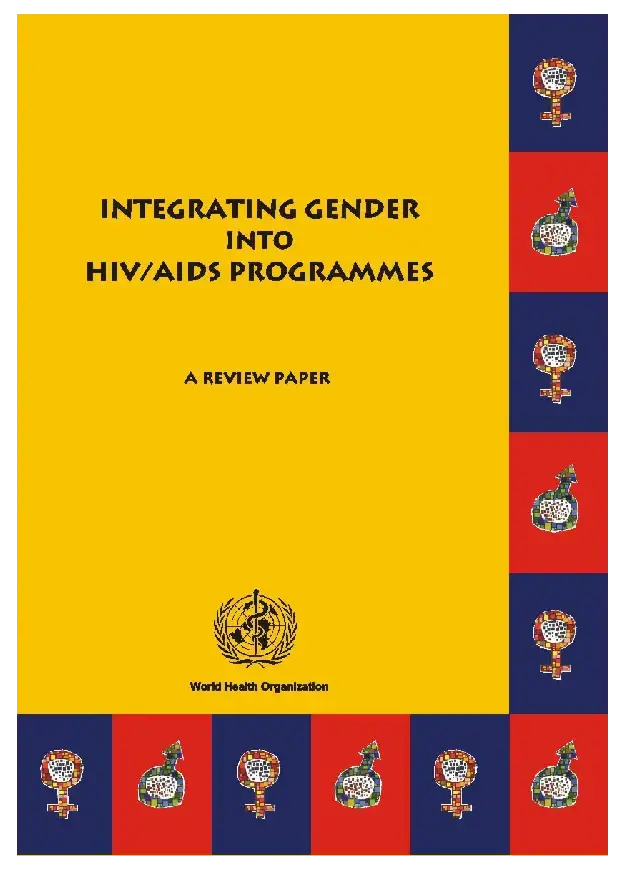
Publisher
UNAIDS
Publication date
2006
Author
UNFPA
Number of pages
54
Publication
Review paper, 'Integrating Gender into HIV/AIDS Programmes'
A Rights-Based Approach
In the HIV/AIDS epidemic,gender – defined as the array of societal beliefs,norms, customs and practices that define ‘masculine’ and ‘feminine’ attributes andbehaviours – plays an integral role in determining an individual’s vulnerability to infection, his or her ability to access care, support or treatment, and the ability to cope when infected or affected.
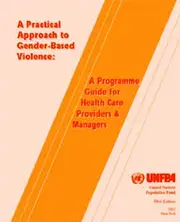
Publication date
2001
Author
UNFPA
Resources
A Practical Approach to Gender-Based Violence
A Programme Guide for Health Care Providers and Managers
This publication contains practical steps needed to integrate measures on gender based violence into reproductive health facilities. It is also meant to help a wider range of readers to understand the connections between reproductive and sexual health and violence. While the Programme Guide is targeting primarily health service providers, it can also be used as a reference guide for advocacy purposes or to undertake other activities in this area.
